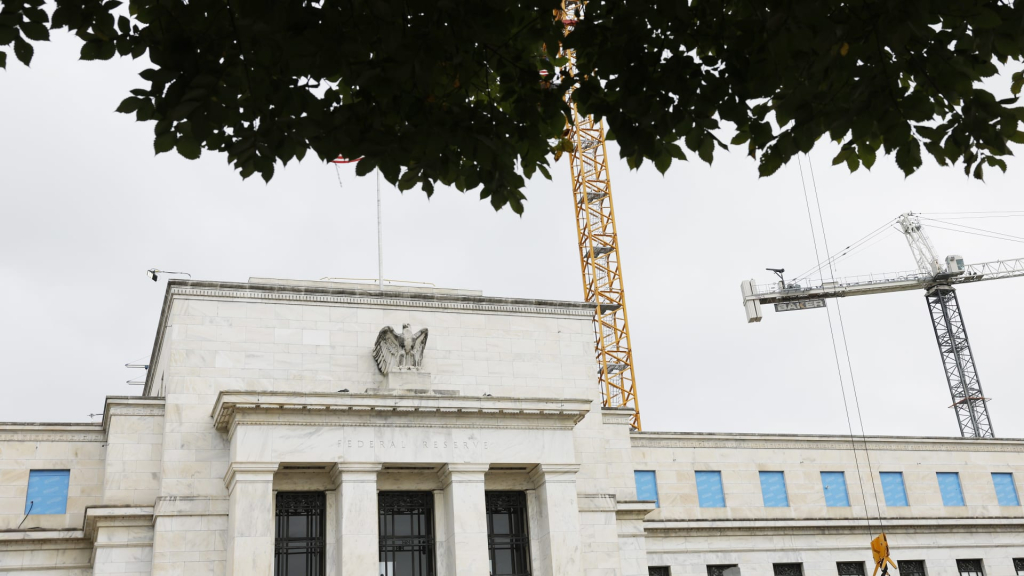Elon Musk, as he concludes his initiative to reduce wasteful government expenditures, has raised concerns regarding the $2.5 billion renovation of the Federal Reserve building.
In a rare discussion with print journalists, Musk, who established the Department of Government Efficiency advisory board, expressed skepticism over the substantial costs associated with the central bank’s renovation project. “That sounds high,” he remarked.
“I mean, what do you get for two and a half billion dollars in redecorating? It must be incredible,” Musk added, pointing out the remarkable expense.
The Federal Reserve initiated this renovation project in 2021, initially estimating costs at $1.9 billion. However, several factors, including increased material costs, construction delays, design alterations, and site complications, have driven up the expenses significantly.
The renovation aims to address a backlog of necessary upgrades, ensure compliance with building codes and regulations, enhance technology, and improve energy efficiency. Fed officials argue that these upgrades will ultimately yield savings by consolidating staff in one location, thereby reducing leasing costs, while also providing a modern and efficient workspace for employees serving the American public.
Despite these justifications, Musk emphasized that the cost overruns warrant scrutiny as part of a larger investigation into government waste. He noted that DOGE claims to have identified $160 billion in taxpayer savings during its brief operation by auditing government finances.
“Since, at the end of the day, this is all taxpayer money, I think … we should certainly look to see if indeed the Federal Reserve is spending two and a half billion dollars on their interior designer,” Musk stated. “That’s an eyebrow raiser, you know? They’re like, can we see pictures of what you get for that?”
It’s important to note that the Federal Reserve does not rely on taxpayer funding; rather, it is financed through the interest it earns on its securities and fees from the banks it supervises. However, salaries for members of the Fed Board of Governors are indeed paid by taxpayer funds.
Typically, any surplus the Fed generates beyond its operational costs is remitted back to the U.S. Treasury. Nevertheless, in recent years, the central bank has experienced operating losses due to the rising interest rates it owes on bank reserves.
The Federal Reserve did not immediately provide a response to requests for comment on the renovation project.


























